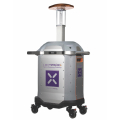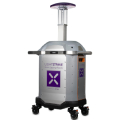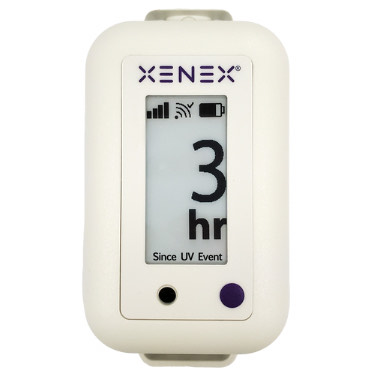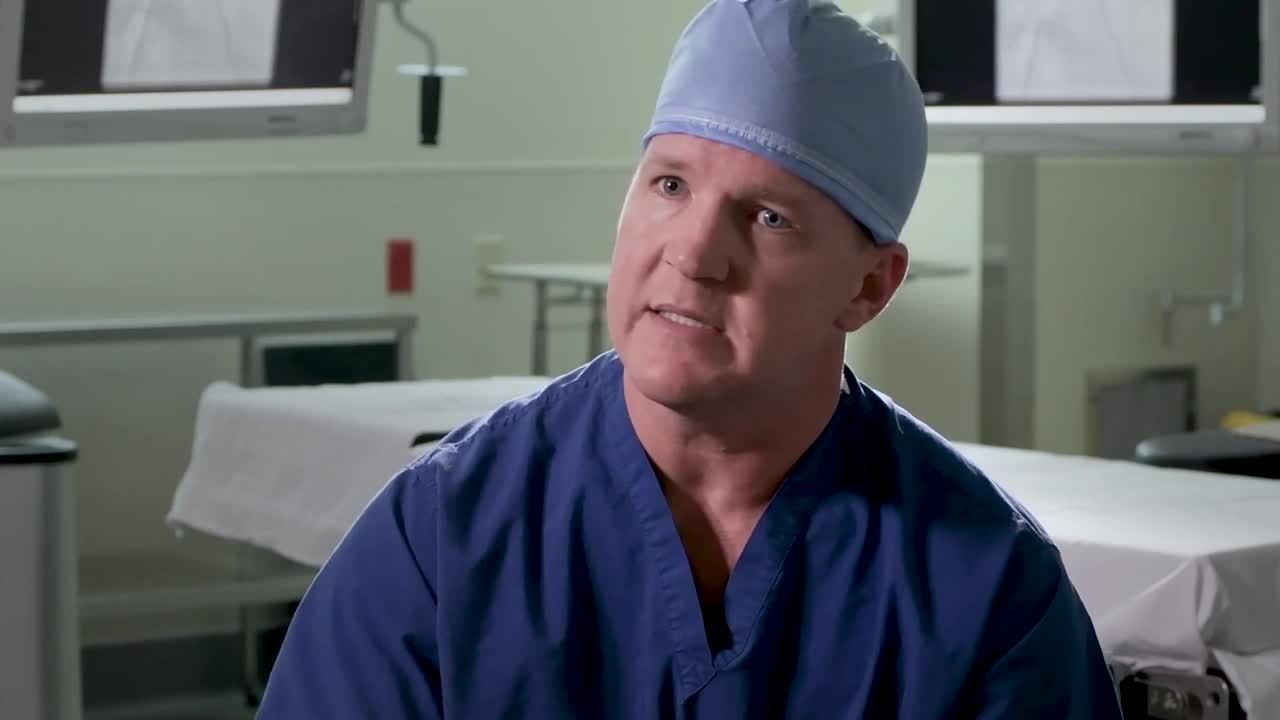There is an important difference between FDA Authorization and Emergency Use Authorization (EUA) for medical devices. Coming out of the COVID-19 pandemic, there’s been a lot of confusion about which medical devices are truly authorized for use by the FDA.
Now that the COVID-19 emergency declaration is over, medical devices that received EUA authorization (or claimed to have EUA authorization) during the pandemic are required to discontinue marketing/selling their product until they go through the full FDA authorization process.
In this article, we’ll help explain:
- The difference between EUAs and FDA authorization
- How EUAs expire
- Identify where to see FDA authorized medical devices
- How to prepare your hospital when an EUA expires
Emergency Use Authorization (EUA) is a provision that allows the FDA to authorize the use of medical devices (as well as drugs and vaccines) during public health emergencies, such as pandemics or natural disasters when there are no adequate, approved, and available alternatives.
The purpose of an EUA process is to expedite the availability of critical medical devices when there’s an urgent need. It also allows devices to be used before the standard FDA authorization processes are completed.
For an EUA to be issued, there must be:
- An emergency declaration by the Secretary of Health and Human Services (HHS).
- Evidence that the device may be effective in diagnosing, treating, or preventing a serious or life-threatening condition.
- A determination that the known and potential benefits of the device outweigh the known and potential risks.
The Scope and Process for EUAs:
The EUA process is more streamlined compared to the standard FDA authorization. It is based on available evidence and may involve conditions of specific requirements to ensure safety and efficacy under emergency conditions.
Duration of EUAs:
EUAs are temporary and remain in effect for the duration of the declared emergency. Once the Public Health Emergency is over, the FDA will release a transition plan for devices given EUA. If a device manufacturer chooses not to pursue the requirements of the transition plan, they are expected to discontinue selling or marketing the product until they undergo the standard FDA review process for regular authorization.
Important:
The COVID-19 public health emergency (PHE) in the United States officially ended on May 11, 2023. The end of the PHE also marked the conclusion of the Emergency Use Authorizations (EUS) granted by the FDA specifically for COVID-19 medical devices.
FDA Authorization:
The Food and Drug Administration (FDA) authorizes medical devices through a process of clearance and approval. It encompasses several types of FDA processes, including premarket approval (PMA), premarket notification (510K), and de novo classification.
Premarket Approval (PMA): This is the FDA’s rigorous review process for high-risk medical devices. It requires substantial evidence of safety and efficacy through clinical trials and other data.
510K Clearance: For moderate-risk devices, manufacturers must demonstrate that their device is substantially equivalent to a legally marketed device. This process is generally faster than PMA
De Novo Classification: This process is for novel medical devices that do not have a predicate but still need a risk-based classification established. It establishes a new device category for similar devices that are low to moderate risk.
FDA Authorization Scope and Process:
FDA authorization is used for devices that are intended for regular market use. The process involves thorough review and evaluation based on existing safety and efficacy standards. A device that is given EUA is not an FDA authorized device.
Advice for Hospitals post-EUA:
When an Emergency Use Authorization (EUA) for a medical device or product expires, it’s important for hospitals to prepare for the transition to maintain continuity of care and compliance with new regulations.
Here are some suggestions to help prepare hospitals for this transition:
Understand the Timeline: Review the official expiration date of the EUA and any guidance provided by the FDA. Ensure you are aware of the specific timeline for when the EUA status will end and when any new requirements come into effect.
Check for FDA Guidance: The FDA will likely provide a transition plan for handling devices or products that were previously authorized under an EUA. You can find that information here.
Assess Current Inventory: Conduct a thorough inventory of all medical devices and products that were authorized under the EUA. Note expiration dates, quantities, and any returning stock.
Plan for Replacement: If the EUA devices are not set to expire and are not transitioning to standard FDA approval, arrange for the procurement of alternative devices that meet the standard FDA requirements.
Transition to Approved Devices:
Verify New Approvals: Check if the devices previously under EUA have received full FDA approval. If they have, update your procurement and usage policies to reflect the new authorization status.
Update Procedures: Revise your hospital protocols and procedures to incorporate any new devices or products that replace those previously authorized under EUA
Compliance and Documentation:
Ensure Compliance: Verify that all new devices or products comply with current FDA regulations and standards. Maintain documentation for procurement, usage, and compliance with regulatory requirements.
Document Changes: Keep detailed records of the transition process, including communications, inventory changes, and staff training.
Helpful Resources:
- Here’s where to see if a product has FDA authorization
- Here’s where you can learn more about the end of the PHE for COVID-19
In Closing:
It can be a difficult task to untangle the added products and processes after a public health emergency and to identify which ones to keep or hold on to for a future emergency. One thing is for sure, there were novel ideas and novel technologies that have been incorporated into hospitals’ standard of care that provide enhanced cleanliness to reduce pathogen transmission and improve day-to-day patient care.
Citation:
https://www.fda.gov/emergency-preparedness-and-response/mcm-legal-regulatory-and-policy-framework/faqs-what-happens-euas-when-public-health-emergency-ends

















